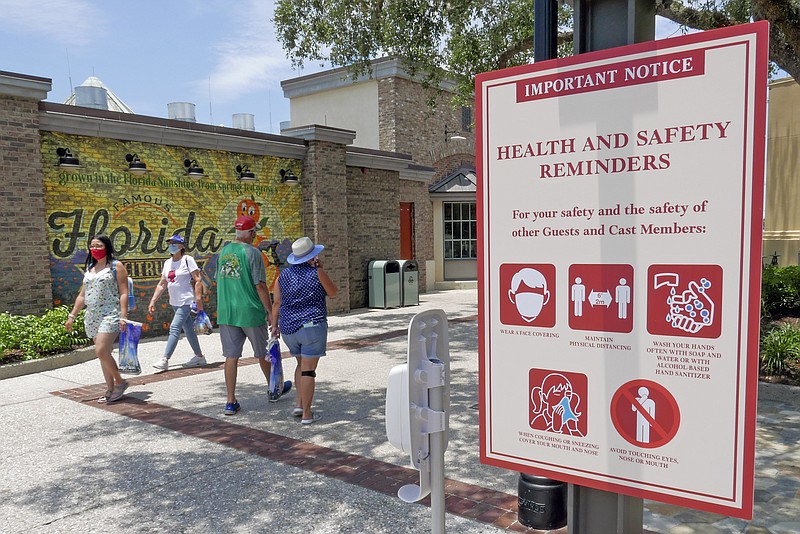Since Memorial Day, 12 states have reported increases in hospitalizations due to SARS-CoV-2, the virus causing the COVID-19 pandemic. Despite this worrisome trend, the Trump administration has turned its back on the continuing disease outbreak. The last White House briefing on the outbreak for the media was in late April. The White House task force on the pandemic no longer meets daily. Dr. Anthony Fauci, one of the world's leading experts on epidemic diseases, is relegated to occasional appearances on TV news programs or conference calls with other scientists. Few Congressional hearings on the pandemic have occurred. Are federal experts prohibited from testifying?
By contrast, during the 2009 global pandemic of H1N1 influenza, the Centers for Disease Control and Prevention coordinated a vigorous and continuing program to update media, the public, clinical laboratories, and state and local health departments on all aspects of the disease, from diagnosis, to treatment, to prevention, to guidelines for public places. The CDC held its first briefing on COVID-19 in three months on June 12.
In the absence of a clear, authoritative message, unverified reports of antibody tests, vaccines and various treatments abound. Federal and state governments emphasize re-opening the economy, often at the expense of de-emphasizing public health measures to blunt the pandemic.
Reports updated from Memorial Day through June 11 document more than 20,000 new cases for the U.S., raising the nationwide total above two million. More than 112,900 Americans had died.
A grim forecast comes from the respected Institute for Health Data Metrics and Evaluation, which uses sophisticated mathematical models to assess the current pandemic. A slowly rising incidence of fatalities is predicted to reach 170,000 by September 30. A failure of public health safeguards could raise the total to 290,000 deaths.
With the arrival of autumn, COVID-19 will overlap with seasonal flu. Hopefully, more widespread testing will allow prompt differentiation of the two diseases by that time. Resumption of schools at all levels along with entertainment and sporting events will increase the risks of exposure. A careless minority of people in any of these settings will endanger the health of countless thousands.
During a drive last Saturday afternoon, I was dismayed to see the patio of a restaurant packed with people, none of whom wore masks. A similarly unprotected group of adults chatted just outside a Dollar General store. Customers at a coffee shop did not wear masks nor did early morning customers at a grocery store, where staff were uniformly masked.
The COVID-19 pandemic is extremely dangerous. Airborne spread is its principle means of transmission. Wishful thinking will not defeat it.
Until wide availability of a vaccine or effective therapy is available, public health measures are critical to limiting the COVID-19 pandemic. Personal responsibility is crucial. This must be bolstered by regular messages from leaders at all levels of government.
Reminders:
* An effective mask must be worn properly in public places. Nose and mouth must be covered by a clean, multilayered, well-fitted mask.
* Frequent handwashing or application of hand-sanitizer is vital, especially after touching surfaces in public places.
* Maintain a minimum of six feet of social distancing in public places.
* Persons with chronic heart and lung problems, marked obesity and immune deficiencies must be doubly mindful of the risks of being in crowds in any setting.
Contact Clif Cleaveland at ccleaveland@timesfreepress.com.
